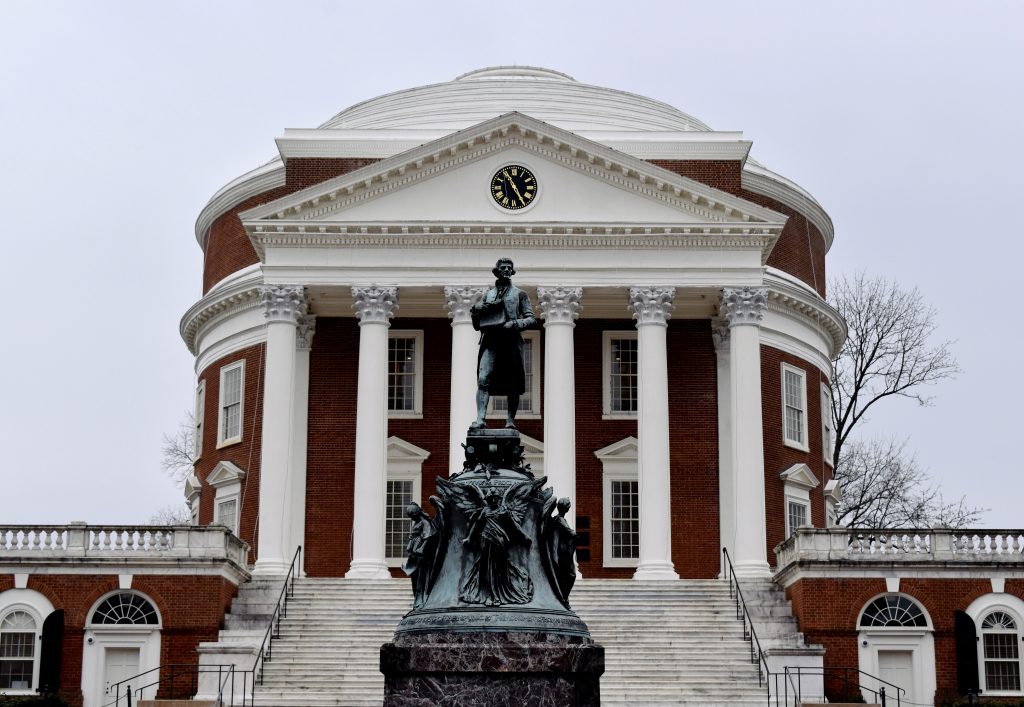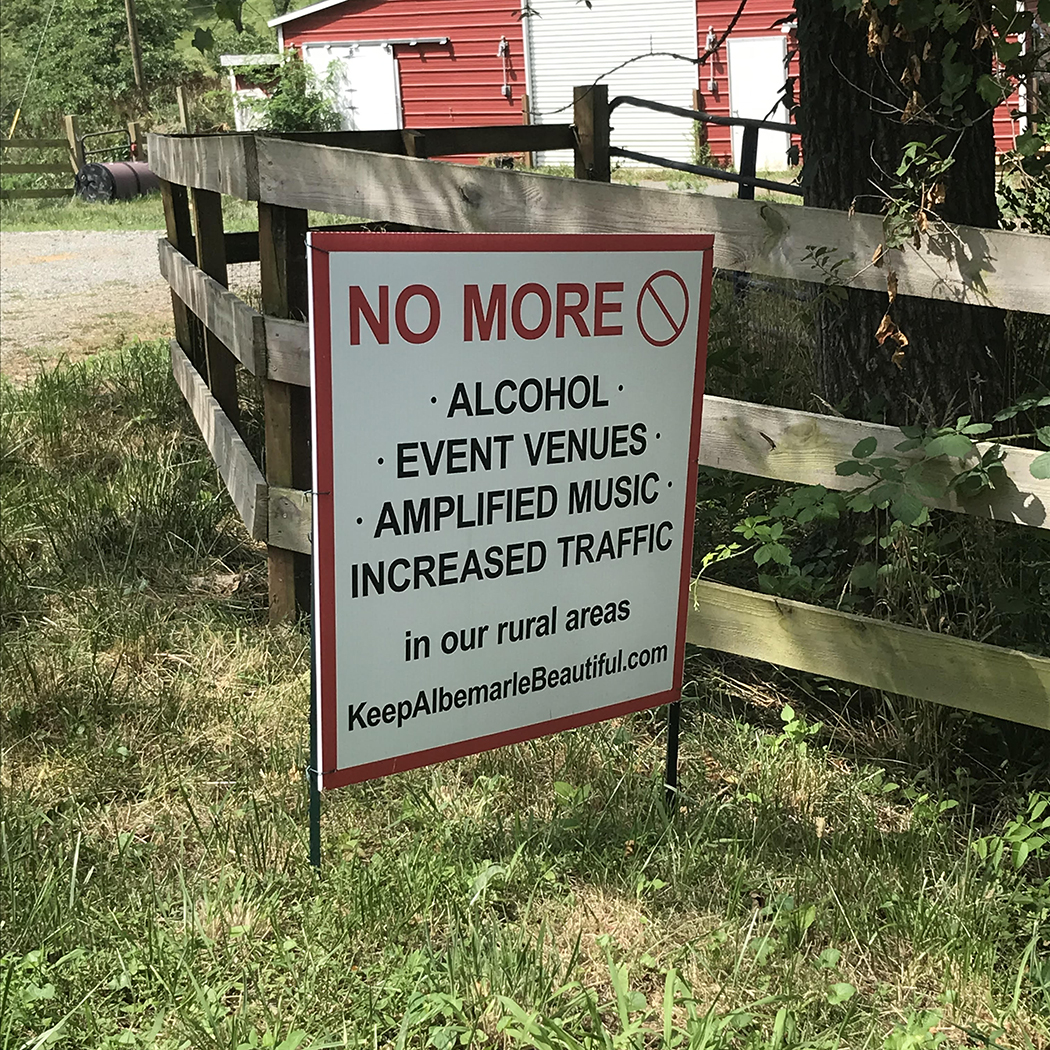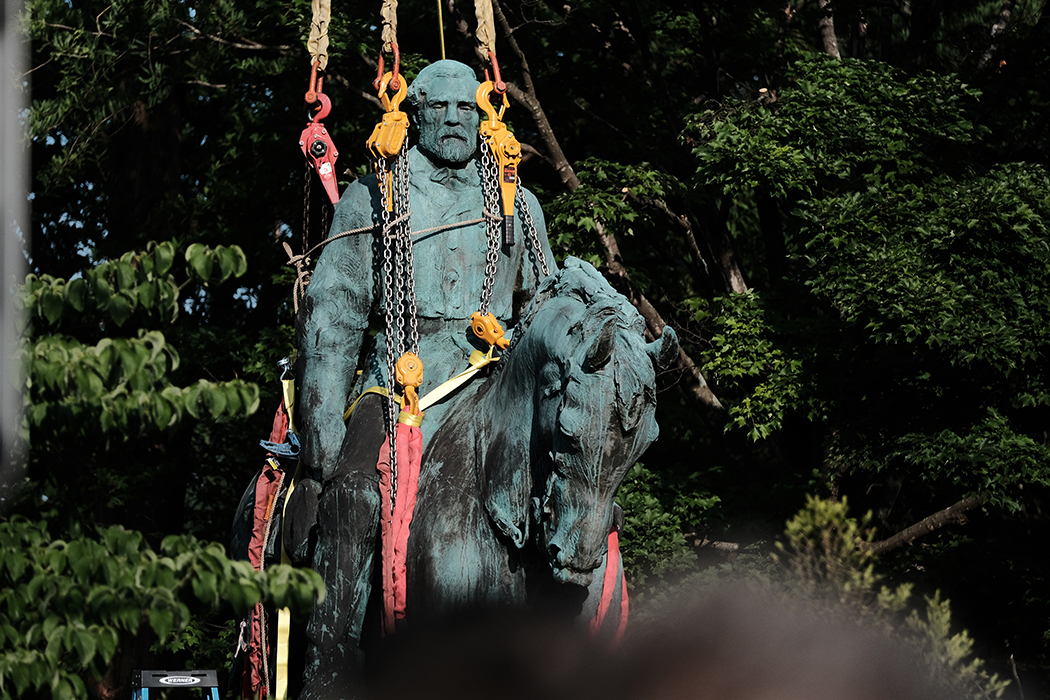Fresh ideas
The Cherry Avenue Grocery Community and Stakeholder Engagement Project held its fourth and final Buy Back the Block event on December 9, unveiling both the results of its survey and the names of parties interested in owning and operating a grocery store at 501 Cherry Ave.
The development is on the site of the former Estes IGA supermarket, and is a collaboration between Woodard Properties and Piedmont Housing Alliance. In addition to space for a grocery store and the Music Resource Center, the project is also slated to include two apartment buildings with one-, two-, and three-bedroom affordable units.
Current plans have the development applying for a certificate of occupancy in 2027.
More than 500 people completed the survey, with 75 percent indicating they would shop at a grocery store at 501 Cherry Ave. Top priorities of respondents in selecting a grocery store were proximity to home and work, selection of fresh food, and low prices. Most surveyed preferred that the store be either a co-op or owned by someone with “deep roots in Fifeville or other historically Black communities in Charlottesville/Albemarle.”
If a grocery store is not possible, survey respondents favored options like a farmers’ market, child-care facility, or nonprofit community center. Many meeting attendees said a grocery store is still their preferred choice, and they would like additional details before moving forward with any alternative.
Beyond the survey results, those who were at the event also heard from Fifeville Neighborhood Association President Carmelita Wood about potential groups interested in owning and operating the store: Good Food Grocery, the newly formed Food Co-op steering committee, Laziz Local Produce, and Goodwill Industries.
Suit dismissed
Following the dismissal of her Title IX lawsuit last month, complainant Jane Doe reiterated to The Daily Progress her distrust in and frustration with the University of Virginia. The December 9 article details both the complaint, court proceedings, and UVA’s response.
Doe accuses a now-former professor and department head of repeated instances of sexual harassment beginning during her January 2019 study abroad program. The professor, identified as Gabriel Finder by Charlottesville DTM, resigned prior to disciplinary action, has been barred from working at UVA, and was stripped of his emeritus status.
UVA leadership was first informed of a “consensual relationship” between Doe and the professor in January 2020, at which point the Title IX office became involved. Though Doe initially claimed the relationship was consensual, she later said she had reevaluated her relationship with the professor and wanted to hold him accountable. A formal Title IX investigation was opened on March 19, 2020.
The final investigation report was not released until April 30, 2021.
In his memorandum opinion, U.S. District Judge Robert Ballou—a double Hoo and current lecturer at UVA law school—issued a summary judgment dismissing the suit. He further found the delay did not rise to the level of “deliberate indifference,” as stated in the suit, and said Doe’s on-time graduation with a 3.98 showed she was not prejudiced by UVA.

Burnout
A December 8 fire at the University of Virginia Sigma Pi fraternity house on Virginia Avenue displaced 13 students in the middle of final exams. Charlottesville Fire Department responded to the single-structure fire around 1:30pm. The blaze caused significant structural damage, but no injuries were reported. An investigation into the cause of the fire is ongoing.
What a racket
After 10 years in business, Moose’s by the Creek will close at the end of 2024, according to owners Melinda “Moose” Stargell and Amy Benson. In a December 8 Facebook post announcing the closure, they shared, “We’ve won awards, received many accolades and reviews and have cooked many meals but none of that could’ve been possible without YOU…our customers, friends and family.” At the end of the post, they teased that “something new” will be announced soon.
New road forward
In a rare show of bipartisanship, District 5 Rep. Bob Good worked with Virginia Sens. Mark Warner and Tim Kaine to advance the creation of an emergency access road to Wintergreen. The road will be built near Milepost 9.6, connecting Laurel Springs Drive to the Blue Ridge Parkway. “Currently there is only one road in and out of Wintergreen,” said Warner in a December 5 release. “This greatly hinders the ability of first responders to get into town, and impacts public safety for all residents.”








